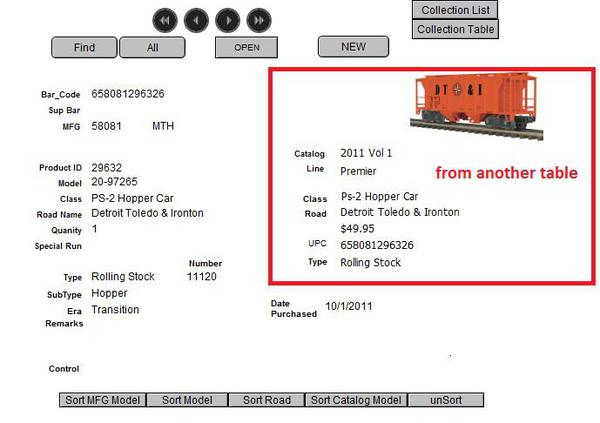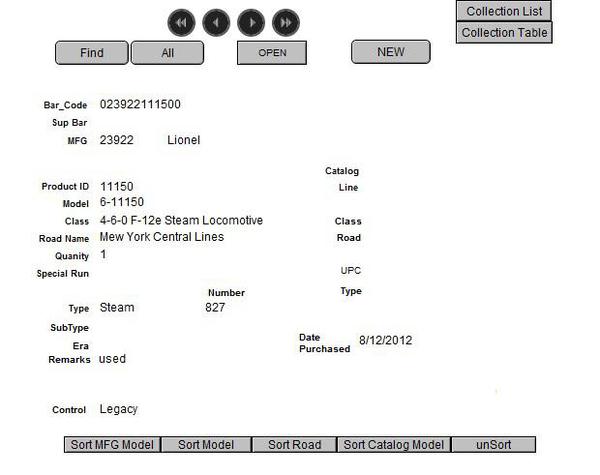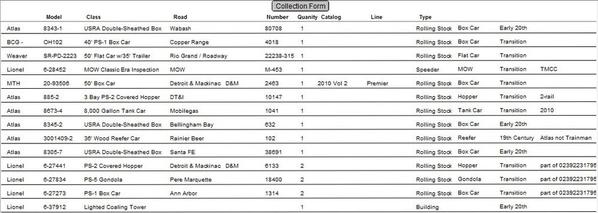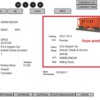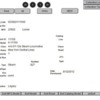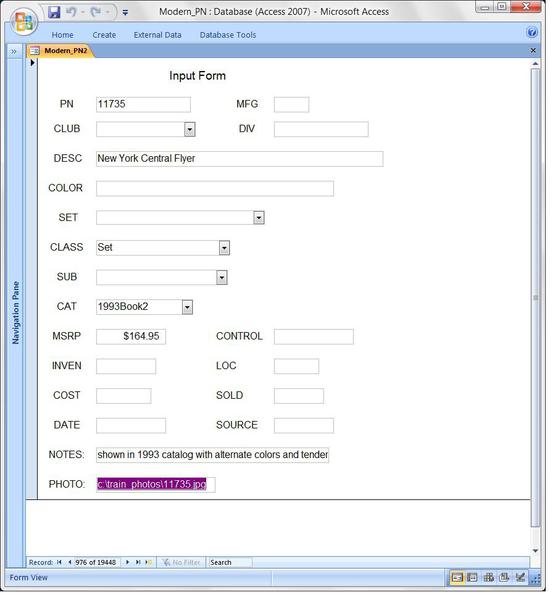Sadly Electroliner suffered the loss of his trains by fire, but he gave us some important lessons learned, one of which is to keep an inventory of our trains. Here is a sample of the worksheet I keep for freight cars:
| Railroad | Bin | Current Location | PN | Product Line | Type | Description | Car No. | Comments |
| Alaska RR | 13 | 13 | 30-76049 | Rail King | Flat Car | w Alaska Tours Airplane | 2714 | |
| Arm & Hammer | 10 | 10 | 30-7841 | Rail King | Reefer | Baking Soda | None | |
| Baker's Chocolate | 9 | 9 | 30-7324 | Rail King | Tank Car | GATX 31057 | ||
| Baltimore & Ohio | 10 | 10 | 30-74033 | Rail King | Boxcar | Time Saver LCL w silver roof | ||
| Baltimore & Ohio | 10 | 10 | 30-7633 | Rail King | Flat Car | w B&O Trailer | 9129 | |
| Baltimore & Ohio | 10 | 10 | 30-7445 | Rail King | Boxcar | Time Saver LCL w black roof | 467109 | Blue & Orange |
| Baldwin Locomotive Works | 9 | Layout | 6-36701 | Welding Car | 36701 |
I use MS EXCEL, one file with individual worksheets for each category of trains. For examples, I have worksheets for "Locomotives," "Trolley Cars," "Accessories," " Passenger Cars," etc. In the BIN Column, I list the location of each item as "Layout," "Shelf," "Box," and the a numbers of the Rubber Maid storage bins I keep under the layout. Not shown are columns for what I paid for each item, and what I sold it for.
EDITED BY THE WEBMASTER...to fix a formatting problem with the table posted above. No content was changed or removed.






